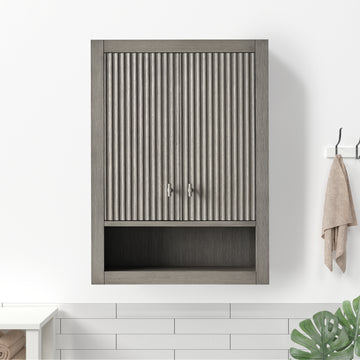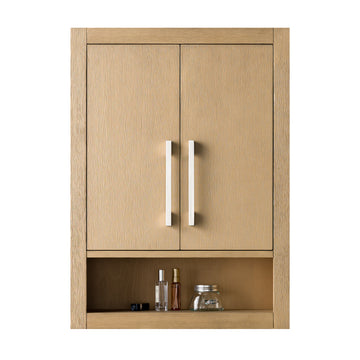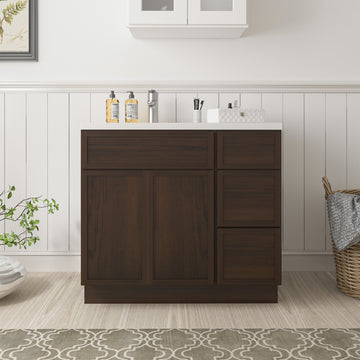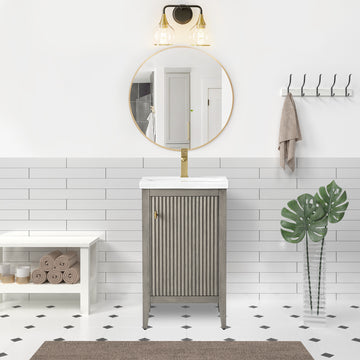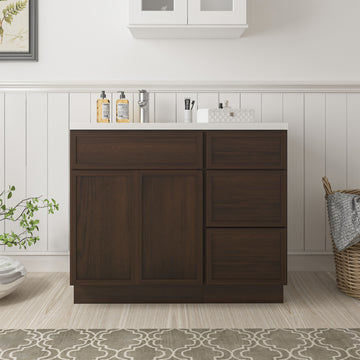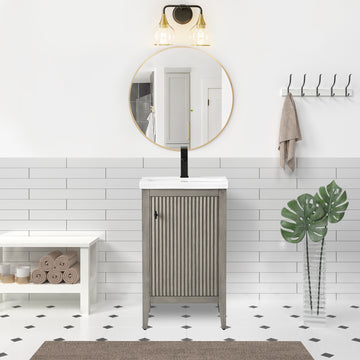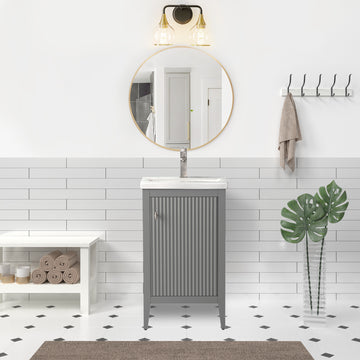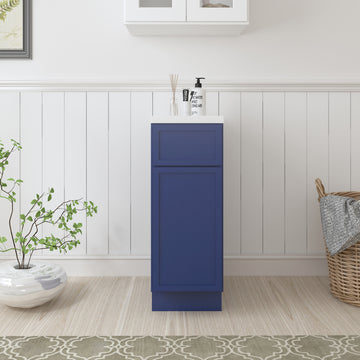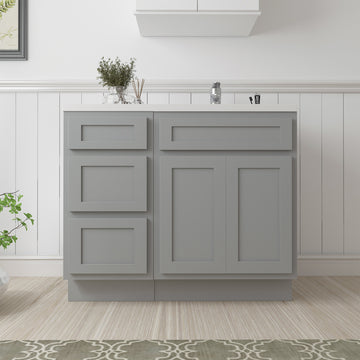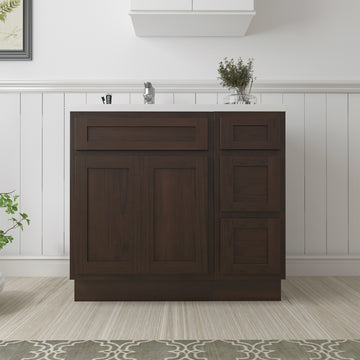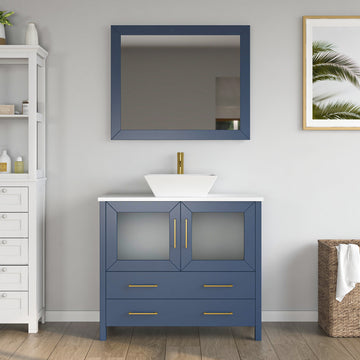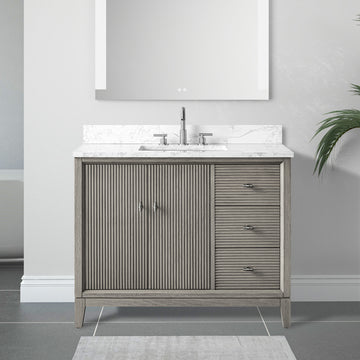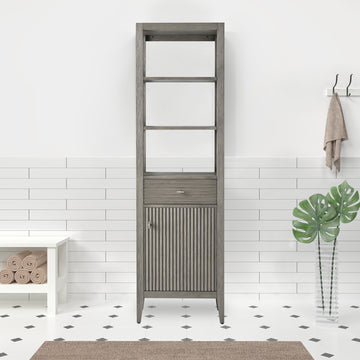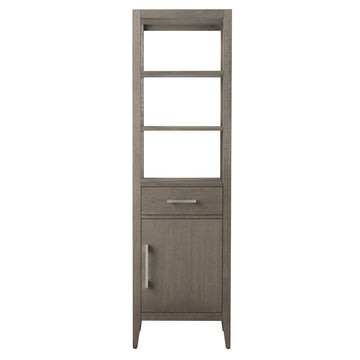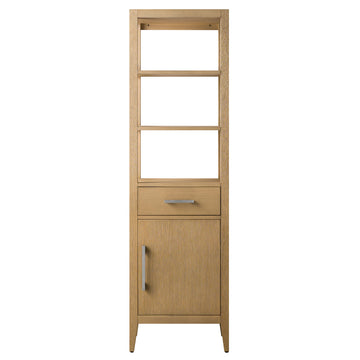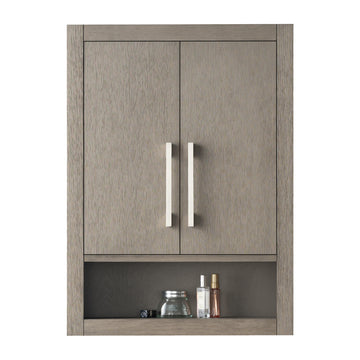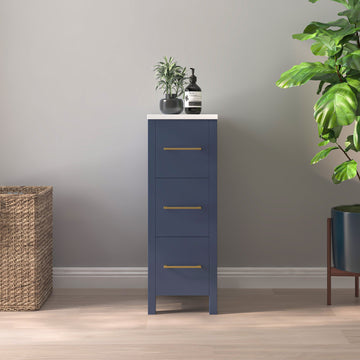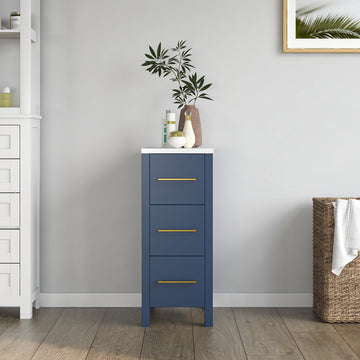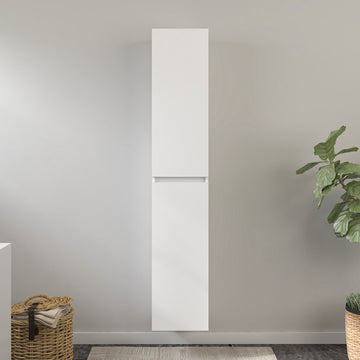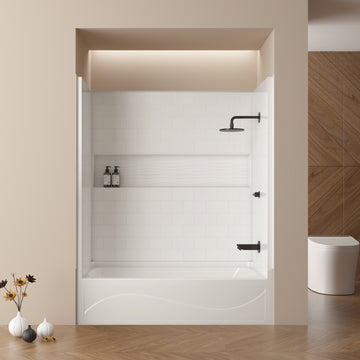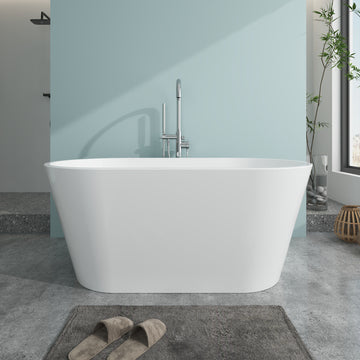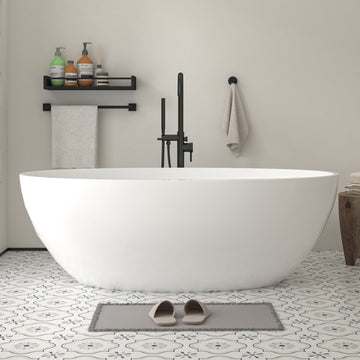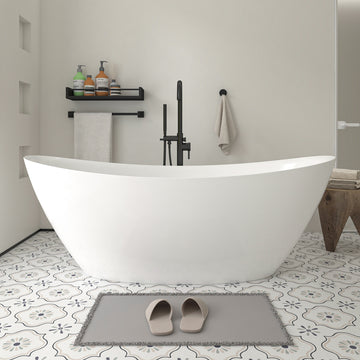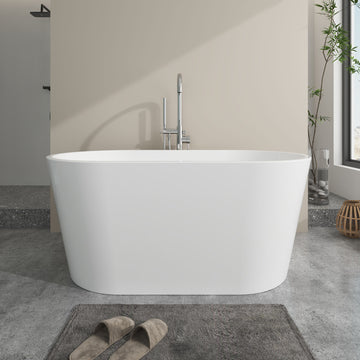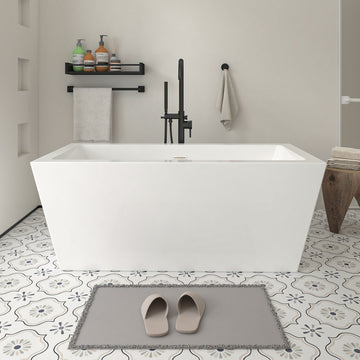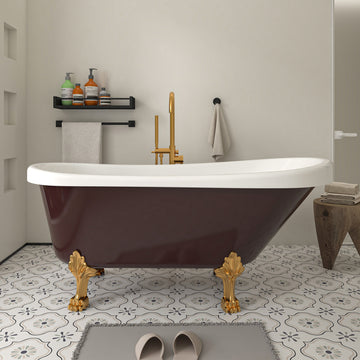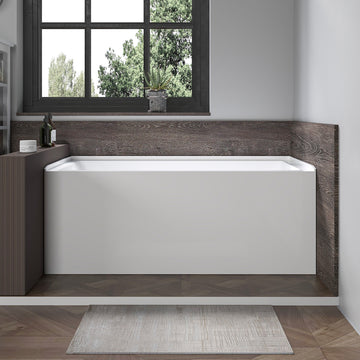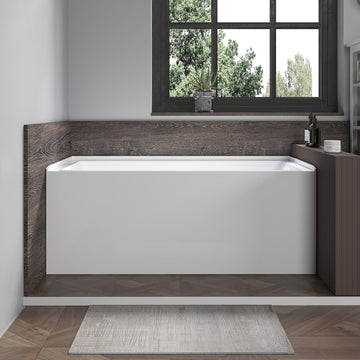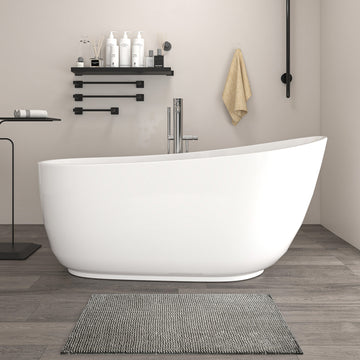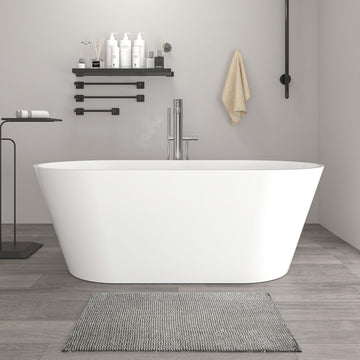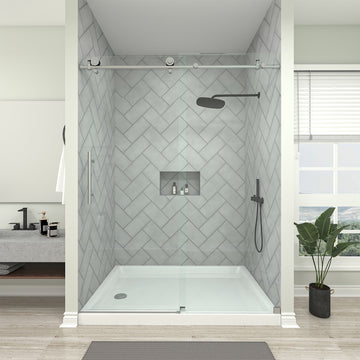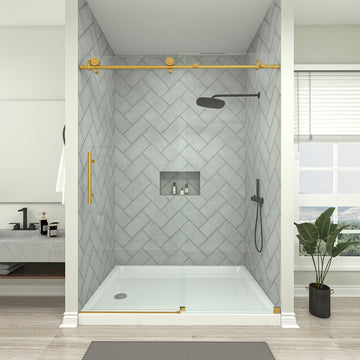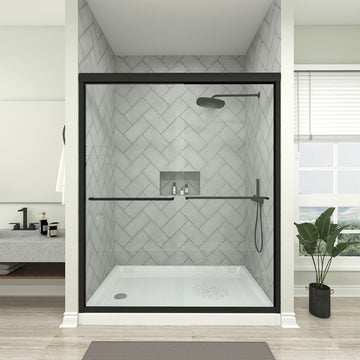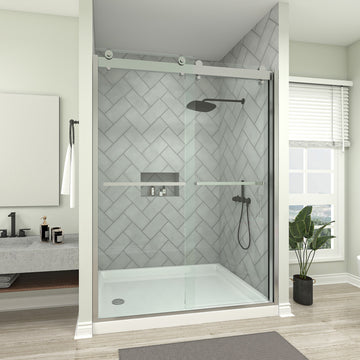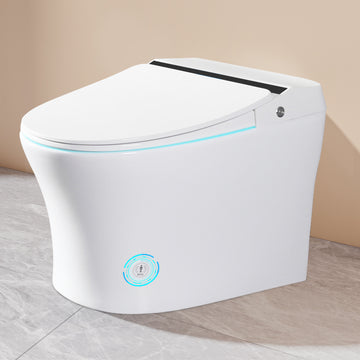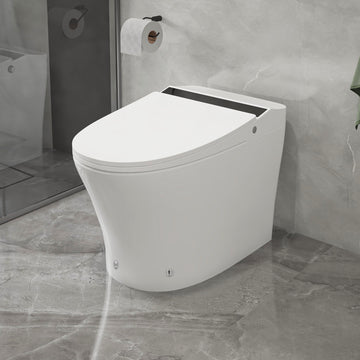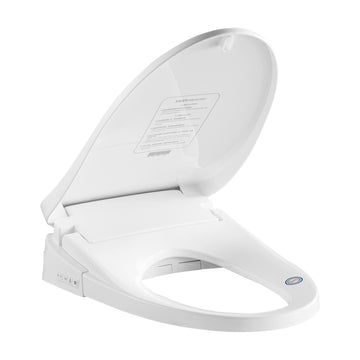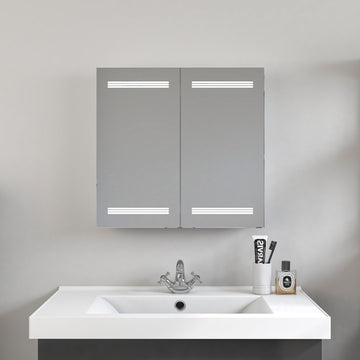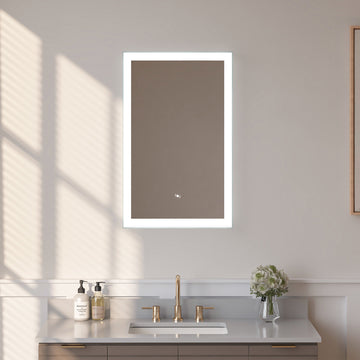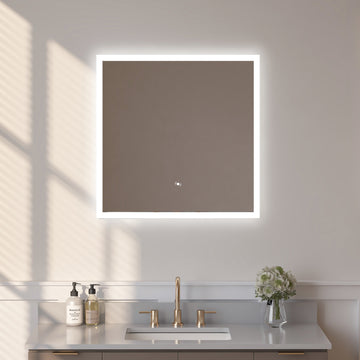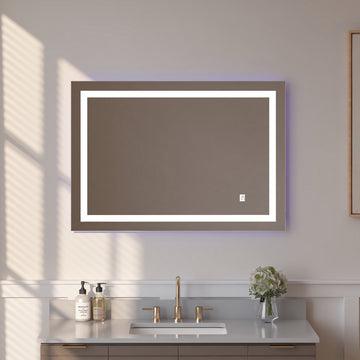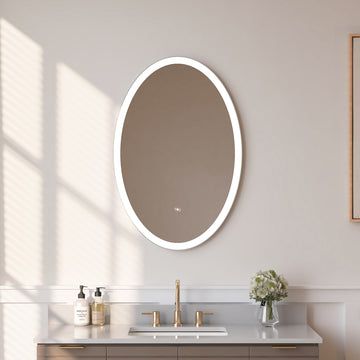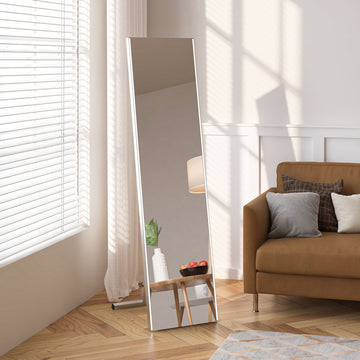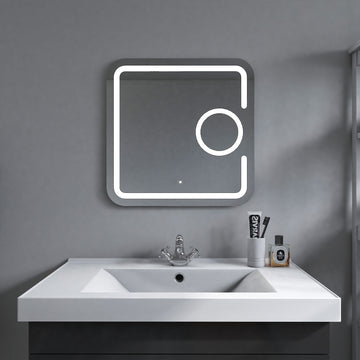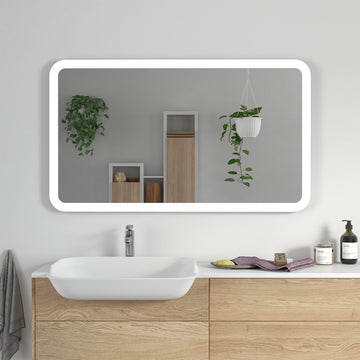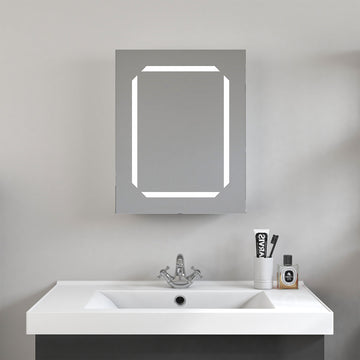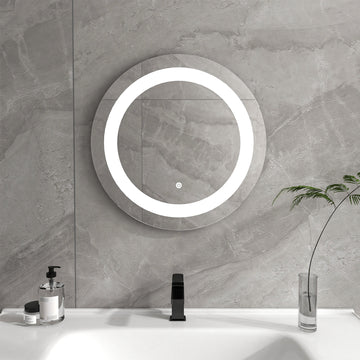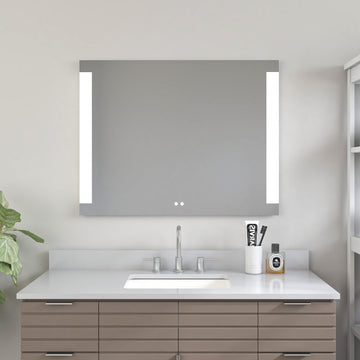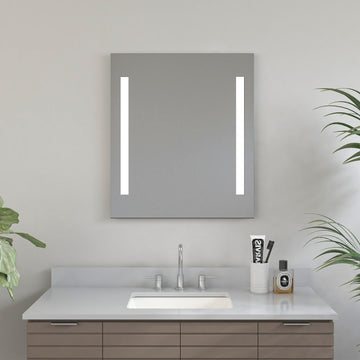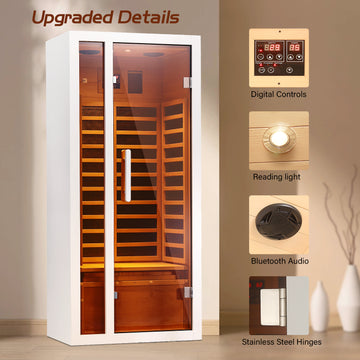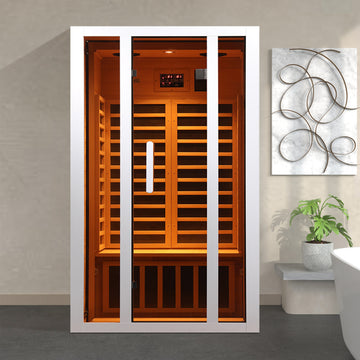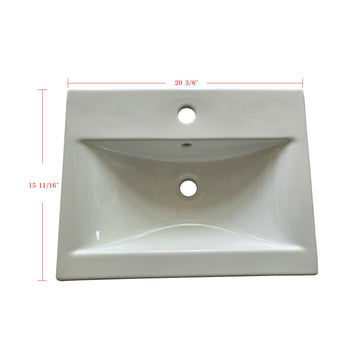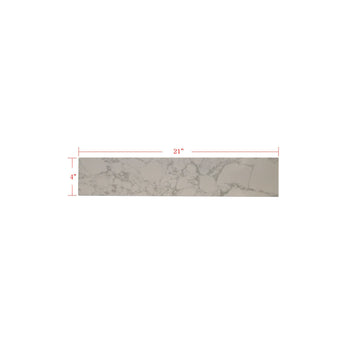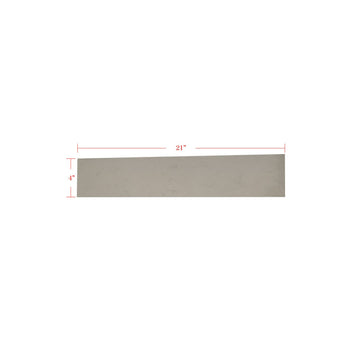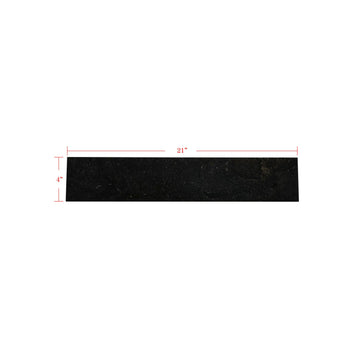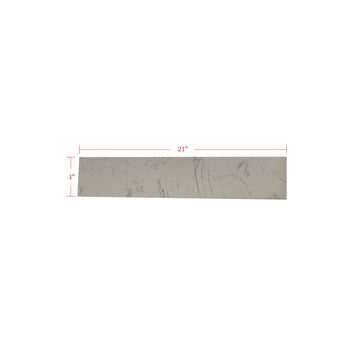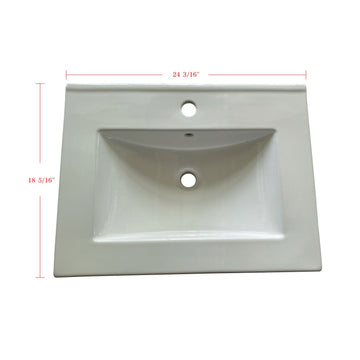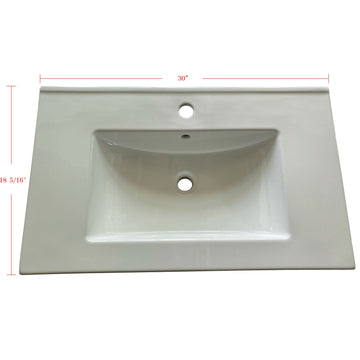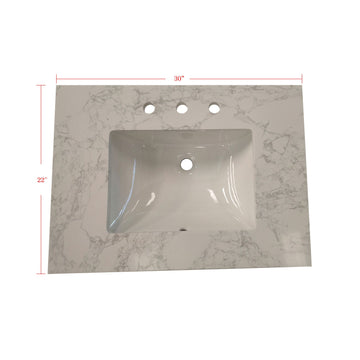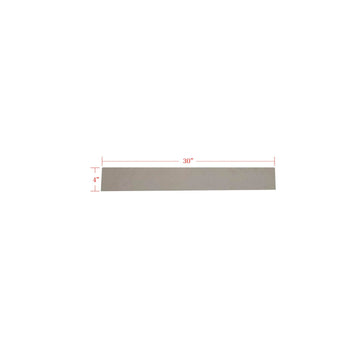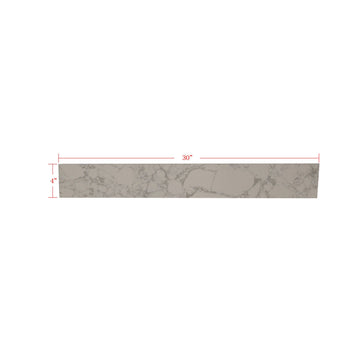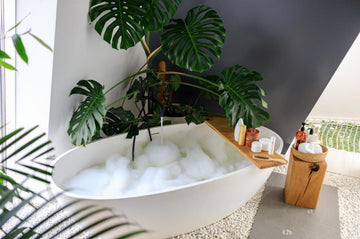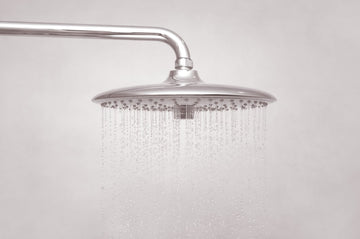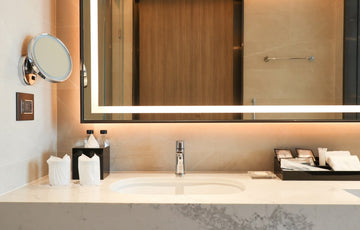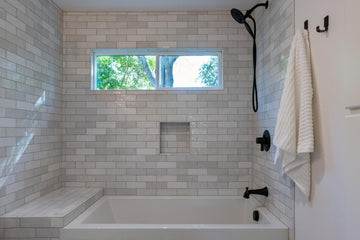The standard shower nozzle height in most homes is about 80 inches (or roughly 6 feet 8 inches) from the floor. This height generally works well for the average adult and allows enough clearance above the head for a comfortable shower.
It might sound like a minor detail, but the height of your shower nozzle affects your daily comfort more than you'd think. Too low, and taller people will have to crouch. Too high, and water might spray too widely or lose pressure before reaching you.
If you are remodeling your bathroom or trying to swap in a new showerhead, it’s absolutely worth knowing if the current nozzle sits at the right height.
Knowing the height of your shower nozzle
Knowing the height of your shower nozzle matters more than it might seem. It affects how comfortable your daily shower feels, how well the water covers your body, and how functional the shower is for everyone using it. If the nozzle is too low, taller people might have to crouch. Too high, and shorter users could end up with poor water coverage or difficulty adjusting the nozzle.
It also matters if you are planning on replacing fixtures or having a renovation. Where you put tiles and plumbing lines depends on the height of the shower. If you are choosing a particular showerhead style, like those fancy rainfall heads, the setup may be different. If you’re installing a new system, having a set measurement in mind helps prevent expensive or annoying adjustments later.
Measure your shower nozzle height
To measure your current shower nozzle height, use a tape measure and start from the finished floor of your shower. Then, measure straight up to the center of the showerhead’s nozzle. Don’t measure to the top of the pipe or the arm where it curves; you want the actual point where water exits the showerhead.
If you're planning a new installation, the same method applies. Measure from the floor to where you plan to install the nozzle. Taking into account who will use it and the type of nozzle you’re installing. Marking the height beforehand ensures that the plumber or installer mounts the fixture at the right level.
What to consider when buying a shower nozzle and determining its height

First and foremost, always buy adjustable shower nozzles with adjustable height or have a handheld showerhead mounted on the side bar. They are becoming the norm for flexibility, so you don’t need to worry about the height all that much.
Second, If there’s no particular needs that require a shorter or higher shower nozzle, stick to the standard 80-inch ones. They work well for most families. However, if you are above average height or have children who are learning how to shower independently, there are other choices.
If you are having an unconventional showerhead installed like the rainfall head we previously mentioned, the height should be different. Those ceiling mount shower head should be placed at a heign of 84 inches or higher.
What’s the water pressure in your area? The showerhead should be mounted higher if the water pressure is too high. So they can have a bit of a fall-off in pressure.
Finally, pay attention to the overall design of the showerhead. Some modern designs, such as rain showerheads, require a higher installation height for both aesthetic and functional purposes. Be sure to account for how the nozzle’s size and flow affect the overall shower experience. A higher shower nozzle can offer a relaxing experience, but too high, and it might not provide the water pressure or coverage you want.
Finding the right fit
Getting your shower nozzle height right is about function, accessibility, and long-term convenience. Knowing the correct shower nozzle height is such a crucial yet often overlooked aspect that can influence your shower experience.
If you’re planning a full upgrade, take a look at our bathtub and vanity collections. Each piece is selected with both style and usability in mind. So you can build a bathroom that works perfectly for you, from top to bottom.
FAQs
Can a shower nozzle be installed too high?
Yes, it can. While it may seem practical for tall users, a nozzle installed too high can reduce water pressure at the point of contact, especially in gravity-fed systems. It can also lead to overspray or water hitting the back wall instead of the person. Most importantly, very high placements might make adjustable or handheld attachments harder to reach.
Are there building codes or regulations for showerhead height?
Most regions don’t have strict codes about exact showerhead height. But there are general plumbing standards to ensure safety and usability. For example, some areas may have guidelines for accessibility (ADA compliance). It typically requires a handheld showerhead with a slide bar that adjusts between certain heights.
What’s the best showerhead height for a rainfall shower?
Rainfall showerheads are designed to mimic natural rainfall. So they work best when mounted directly overhead. This typically involves positioning them at a height of approximately 84 to 96 inches from the floor. Taking into account the ceiling height and user preferences. Unlike angled showerheads, rainfall styles benefit more from higher placement to achieve that vertical flow.
Can I change the showerhead height without opening the wall?
In many cases, yes. There are extension arms or adjustable shower arms that attach to your existing plumbing, allowing you to raise or lower the head several inches without opening the wall. These are especially useful for rental homes or temporary fixes.
Does showerhead height affect water pressure?
Indirectly, yes. The higher the showerhead is installed, especially if your water pressure is already low, the more gravity works against flow strength. For optimal pressure, it's best to keep the height within a reasonable range unless you're working with a high-powered system.
